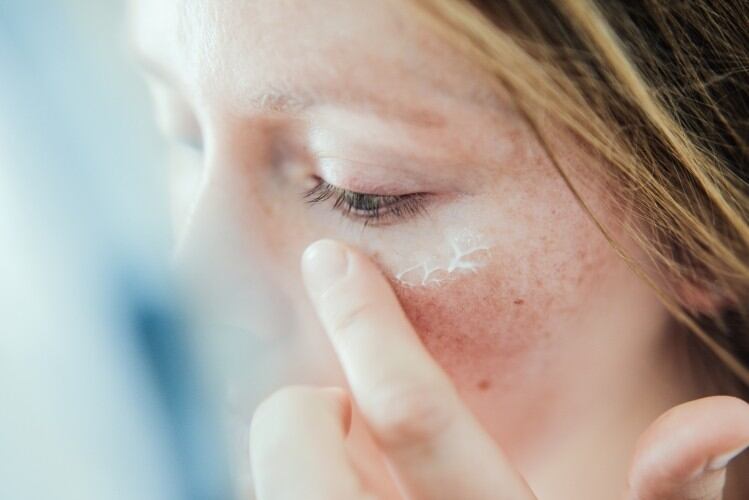Dyschromia is a skin condition characterised by the constriction of blood vessels and the accumulation of blood, making the skin appear patchy and even red or purple. It can be caused by increased production or reduced clearance of skin pigmentation (or both) and is often brought on by excessive sun exposure, certain medications, acne, hormones, post-inflammatory hyperpigmentation (PIH) and medical disorders like melasma.
Currently, hydroquinone cream is the standard depigmentation agent clinically used to treat certain aspects of dyschromia, such as in melasma, chloasma, PIH, freckles and solar lentigines. However, it is also commonly linked to several side effects, such as irritation, burning, and stinging. Treatment duration must also be limited to avoid the skin condition exogenous ochronosis, which is characterised by darkening and is infamously difficult to treat.
In fact, due to continued concerns around its possible cytotoxicity and carcinogenicity, hydroquinone had previously been banned in Europe for use in cosmetic products. More recently, it was subject to recalls in the United States.
Now, a recently developed novel topical product with PATH-3 Technology has been reported as even more effective than hydroquinone in treating facial dyschromia. PATH-3 Technology was formulated and validated by Alastin Skincare through gene expression and cellular models to counteract the pigmentary pathways in the human body.
According to an RCT conducted by researchers from the Laser & Skin Surgery Center of New York, Cosmetic Laser Dermtology, Modern Dermatology and Alastin Skincare, the product contains actives validated via in vitro studies to “counteract various steps in the pigmentation pathways, including photodamage, PIH, and melasma”.
Facing the facts
The researchers enrolled 43 men and women, aged 18 to 71, with mild to severe facial dyschromia. The study subjects were then divided into two cohorts: 22 of them were given the novel topical product while the remaining 21 received hydroquinone 4%. All of them were also given cleanser, sunscreen and moisturiser, and agreed not to use any new topical products or undergo any procedures on their faces during the trial. They were also told to avoid excessive sun exposure and any tanning bed use.
Furthermore, the study participants had no known allergies or reactions to the ingredients in either product and no known disease or uncontrolled systemic disease. They had not used skin lightening or anti-wrinkle products, prescription-strength retinol, isotretinoin or hormonal birth control and had not undergone laser treatments, micro-needling, chemical peels or hormone replacement therapies (HRT) recently. At the same time, none of them were pregnant or planning to become pregnant.
Throughout the trial, follow-ups were conducted after four, eight and 12 weeks. After 12 weeks, the researchers reported that the study subjects who had been administered the novel topical product had seen significant overall improvement in their facial skin condition, while those who had received the hydroquinone 4% experienced no significant improvements.
The researchers noted that though both cohorts showed improvements in dyschromia and skin tone, the novel topical product “also offered significant improvements in skin radiance and skin texture” not seen in the hydroquinone 4% cohort.
Additionally, the hydroquinone 4% cohort experienced five adverse events, including contact dermatitis and acne breakout. They also “more frequently experienced burning / stinging, tingling, itching, erythema, and dryness”. On the other hand, those who had received the novel topical product experienced no adverse events whatsoever.
These results led the researchers to state: “The novel topical product with PATH-3 Technology, designed to counteract various steps in pigmentation pathways, has been demonstrated to be safe and effective in treating facial dyschromia. This product was also well-tolerated and well-liked by subjects.”
Source: Journal of Drugs in Dermatology
https://doi.org/10.36849/JDD.7340
“A Multi-Center, Randomized, Blinded Clinical Study Evaluating the Efficacy and Safety of a Novel Topical Product for Facial Dyschromia”
Authors: Jordan V Wang, et al.


